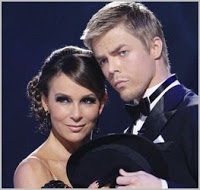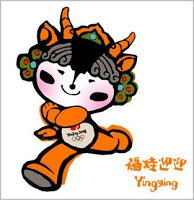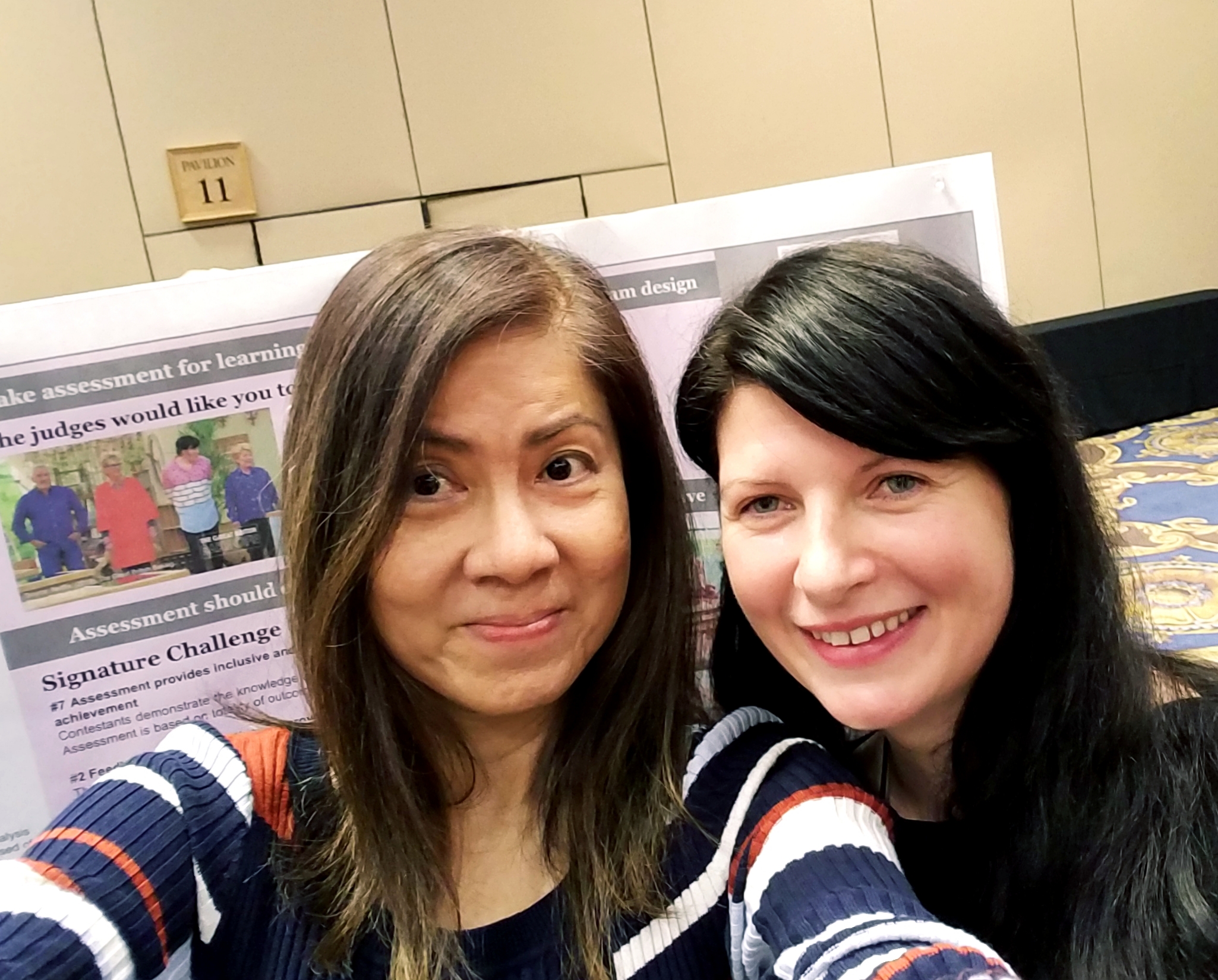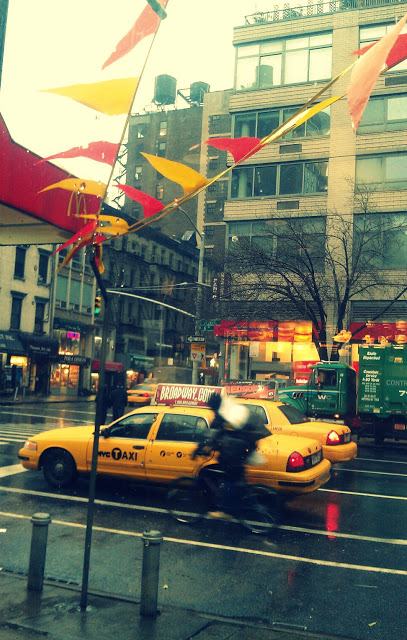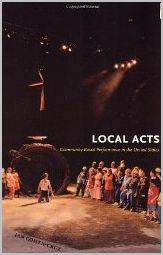We Remain Ourselves
I was definitely intrigued by the title. Art-Based Research and the Intersection between Making Art and Teaching Art.
“Her primary scholarship is in curriculum development, arts integration, the uses of contemporary art in art education and the intersection between creativity and cognition.” Of course I had to make the trip to Shemin’s Auditorium at 6:30PM!
Dr. Julia Marshall‘s presentation was fascinating. She spoke on her art practice and how much she learned from teaching art to younger people, like undergraduates and graduates. That if she had just remained an artist sans the teaching aspect, her life wouldn’t have been so enriched. She also presented her own art-making ideas and her students’ art pieces. I took away from her presentation several ideas on how to express creativity. And to keep collecting and documenting ideas that fascinate me. Someday, they will come in useful. Like the one above, one of the Beijing Olympic Mascots, Yingying, the Tibetan antelope.
She teaches her students to keep research or reflective sketchbooks which document their development and interpretation of different source ideas juxtaposed to create some novel concept or metaphor of their understanding about an issue.
Dr. Marshall (mentored by Graeme Sullivan, just like Dr. James Haywood Rolling Jr.) believes that art research is facilitated by curiosity, purposeful art-making, investigation and creative interpretation, just like social science or scientific research. Students construct their own knowledge or understanding by observing, collecting, drawing, mapping and reflecting.
She counts Mark Dion and Simon Evans as artists worth following for their insights on art. Some primary sources for art, mapping and metaphor-making? Brace yourself: scientific illustration, maps and diagrams (e.g. acupuncture/reflexology charts), conceptual maps, packaging, popular visual culture. These were some types of maps she used to frame stories.
One clever metaphor was the use of seeds or plants to illustrate the concept of seeds of social change. Dig-plant-seed. *light bulb on*. A seed was painted up and had a propeller stuck on one of its ends to illustrate the idea of accelerating change. Fab.u.lous idea! My mind kept racing as I thought of how her ideas could be applied to the Access project and my dissertation.
She also showed us a student’s Map of Printmaking. This particular student placed a veil of tissue over a graph paper and then drew an intricate web with annotations of the history of printmaking. Wow! More student work included metaphors on the Dance of Making Art and Making Meaning (drawings of dancers with words). Dr. Marshall concluded with her own art pieces. As a cartoonist (illustrator), her drawings included maps of the Art of Research. She used snowglobes with images of fallen “empires” on a theme of Snow Globes from Iraq and Afghanistan. Another collage piece was called the Game of Juxtapositions; unexpected elements brought together to unlock creative potential.
She presented a conceptual collage of imagery she created with her sculptor husband, Pangea (Greek for the ancient supercontinent), commissioned by some Korean organization. An enormous collage with images of American and Asian icons.
I’d have loved to ask a few questions but I was famished and everyone seemed eager to get out as it was 8 on a cold night and the winds were howling. I decided then that I’d write about her presentation first and then email her if I wanted to ask her anything later.
Her presentation made me think of how we could work with art students to create a performance with an exhibition. We need to think of several things first: who is our audience, what is our theme, what metaphor can we use to illustrate our message. Think, think.
At the end, Dr. Marshall said, “There is this germ (seed, bud…) in us that doesn’t go away. We remain ourselves through life’s trajectory.” Well said. Through the years, I have stayed close to my interest in the arts and social science, and of helping others express their creative potential.
